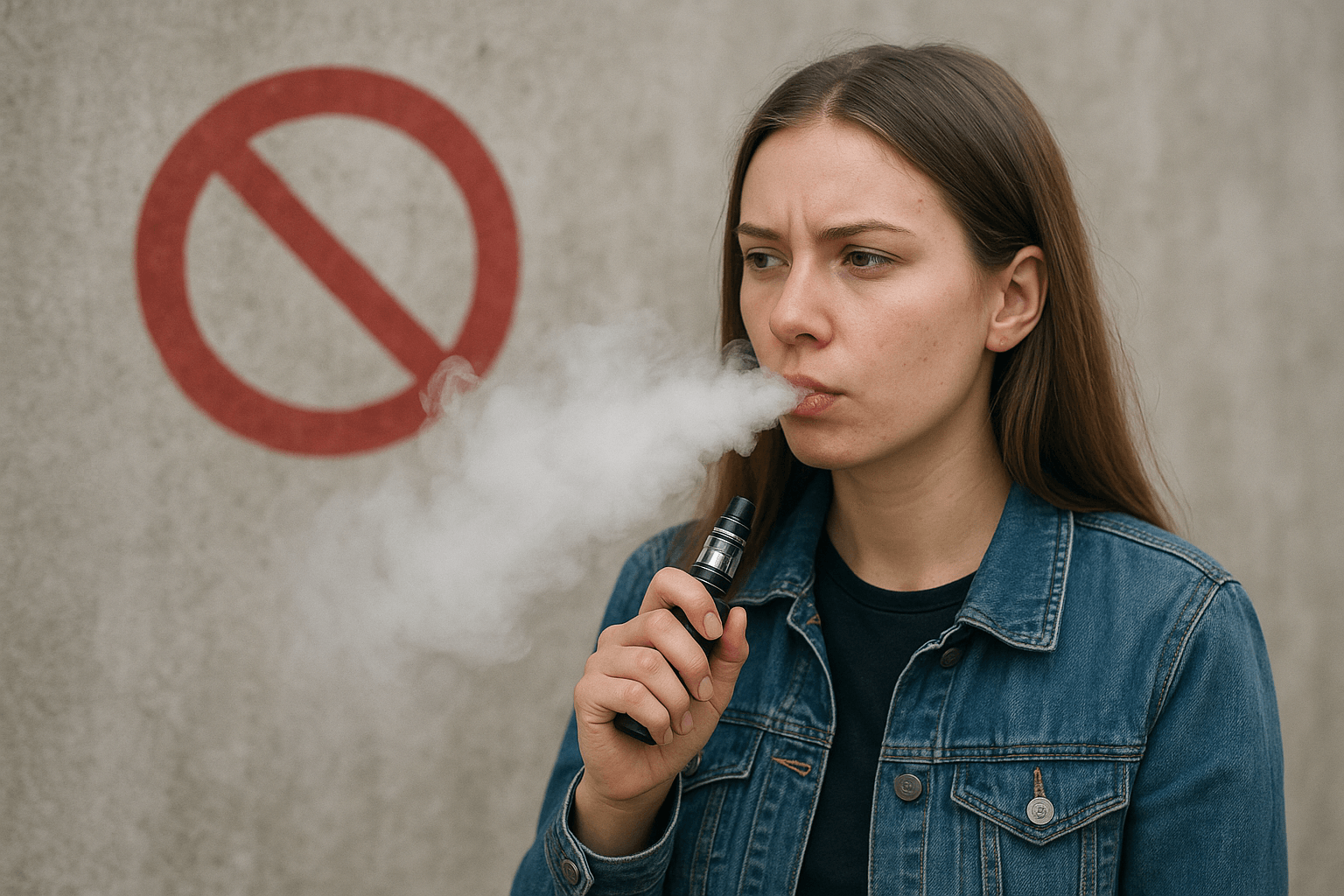Breaking the Vaping Taboo: Understanding the Social Stigma

Is vaping the future of harm reduction—or just another misunderstood habit? For millions of adults, vaping has become a lifeline: a proven tool in reducing harm and breaking free from combustible tobacco. Yet despite the evidence and growing acceptance within public health circles, vapers still face judgment—whether through side-eyes in public, unfair comparisons to smoking, or outdated myths that simply don’t hold up to scrutiny.
This article digs deep into the roots of vaping stigma, the misconceptions that fuel it, the role of harm reduction, and what we can do as a community to shift the narrative.
Quick Navigation
- Understanding the Vaping Stigma
- Public Health Perspective
- 5 Ways to Reduce the Stigma Around Vaping
- Responsible Use Statement
- The Importance of an Open Conversation
- Frequently Asked Questions (FAQ)
Understanding the Vaping Stigma
The Origins of Judgment
Much of the stigma stems from vaping’s similarities to smoking. The act of inhaling and exhaling vapor visually resembles smoking, which society has long condemned for its devastating health impacts. As a result, many people unfairly lump vaping into the same category—ignoring critical differences in composition, risk, and purpose.
Common Misconceptions About Vaping
-
“Vaping is just as harmful as smoking.”
False. While not risk-free, evidence consistently shows vaping is significantly less harmful than smoking combustible tobacco. -
“Vaping is a gateway to smoking for teens.”
The real issue is youth access—not adult smokers. Regulations should focus on protecting minors, not stigmatizing adults using vaping to quit. -
“Vaping is purely recreational.”
For many, vaping is more than a hobby—it’s a quit-smoking strategy or a method to manage nicotine in a safer form.
Public Health Perspective
Health Concerns and Evolving Research
Public hesitation often comes from concern about unknown health risks. While ongoing research continues, respected organizations like Public Health England and the Royal College of Physicians support vaping as a safer alternative for smokers.
Confusion caused by counterfeit products and unclear marketing has fueled skepticism. Instead of condemning vaping outright, the solution lies in better regulation, transparency, and consumer education.
The Role of Harm Reduction
Too often, public debate overlooks vaping’s harm reduction potential. By replacing combustible tobacco with vaping, users drastically reduce their exposure to thousands of toxic chemicals.
Pro Tip: The UK’s National Health Service (NHS) recognizes vaping as a helpful quit aid—especially when paired with professional support.
5 Ways to Reduce the Stigma Around Vaping
-
Educate Yourself and Others – Share facts, not fear.
-
Normalize the Conversation – Be transparent about your reasons for vaping.
-
Advocate for Responsible Use – Respect public spaces, use regulated products.
-
Support Stronger Standards – Push for clear labeling, age restrictions, and safety regulations.
-
Join Supportive Communities – Replace isolation with understanding.
Responsible Use Statement
Vaping products are intended for adults only and should never be used by non-smokers or minors. Our mission is to promote informed decisions and safer alternatives for those transitioning away from combustible tobacco.
The Importance of an Open Conversation
Vaping stigma is often built on outdated assumptions and misinformation. By encouraging honest, fact-based dialogue, society can move toward a more balanced understanding of harm reduction and personal choice.
Whether you vape as part of a quit-smoking journey or as a lifestyle choice, you deserve to make decisions free from unfair judgment.
Let’s Keep the Conversation Going
Have you faced a stigma for vaping—or used it successfully to quit smoking? Share your story in the comments below.
Don’t miss out! Get fact-driven guides, harm reduction insights, and vape tips delivered to your inbox. Subscribe to our newsletter and join a growing community that values respect, responsibility, and real conversations.
Your voice matters. Together, we can replace stigma with understanding—one informed choice at a time.
Frequently Asked Questions (FAQ)
Q: Why does vaping have a stigma?
A: Vaping stigma often comes from its visual similarity to smoking, leading many to assume both carry the same risks. Misconceptions, lack of public education, and concerns about youth vaping also contribute.
Q: Is vaping just as harmful as smoking?
A: No. While not risk-free, evidence shows vaping is significantly less harmful than smoking combustible cigarettes. It reduces exposure to thousands of toxic chemicals.
Q: Does vaping encourage people to start smoking?
A: Research suggests the real issue is youth access—not adult smokers. Many adults use vaping specifically to quit smoking or reduce harm.
Q: How can we reduce the stigma around vaping?
A: By promoting open dialogue, sharing factual information, respecting public spaces, and supporting regulations that ensure product safety.
Q: What do health organizations say about vaping?
A: Respected bodies like Public Health England and the Royal College of Physicians recognize vaping as a harm-reduction tool and safer alternative to smoking.